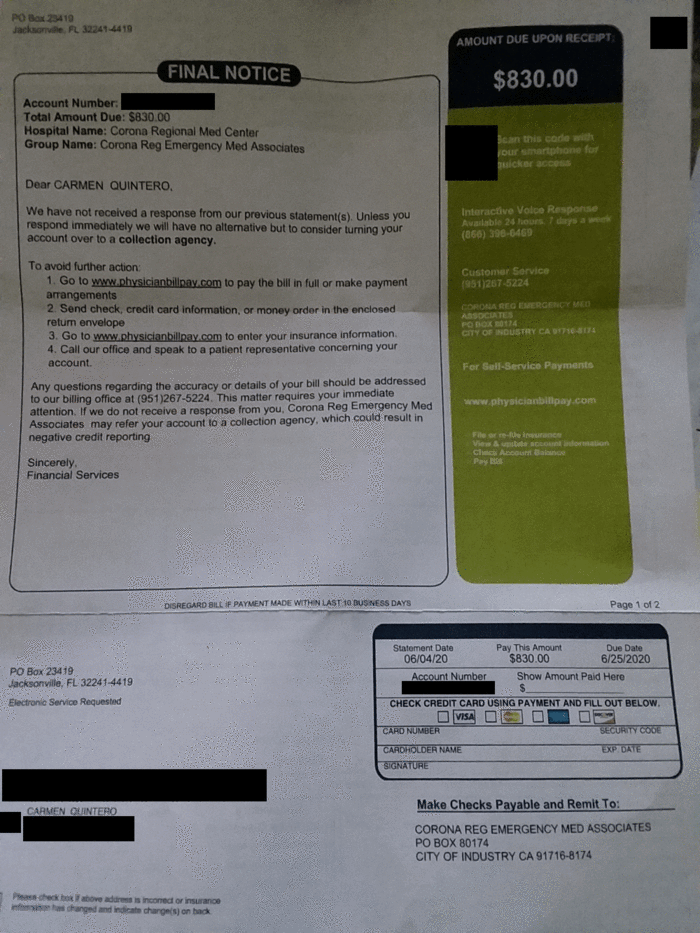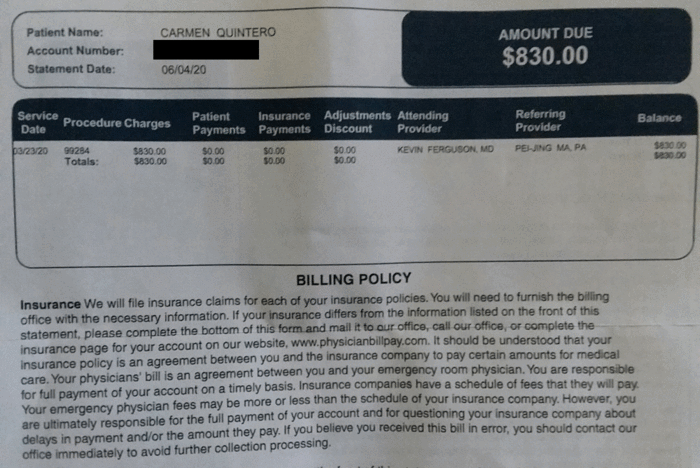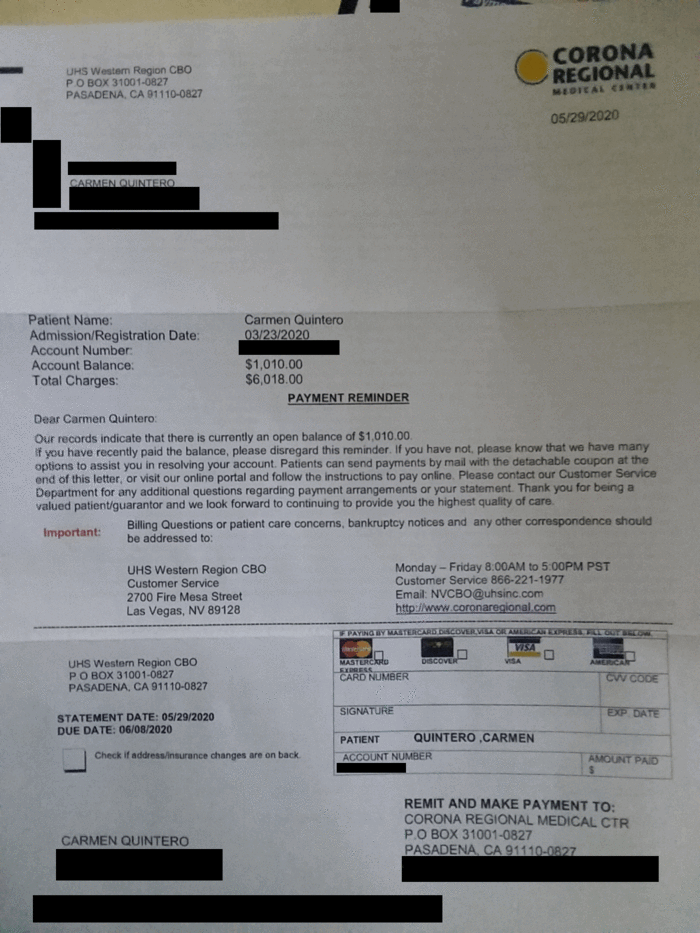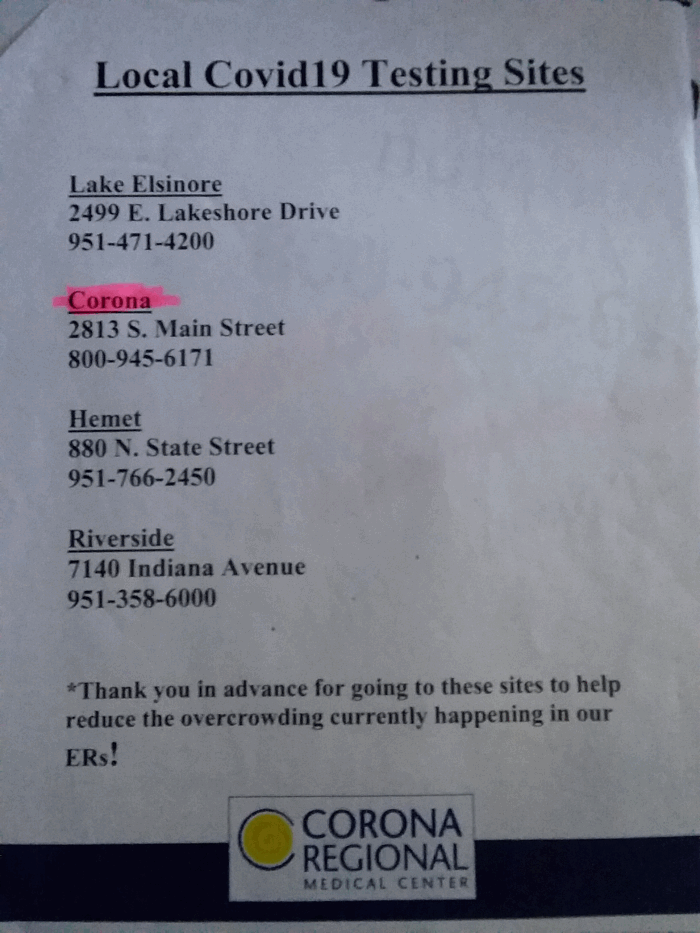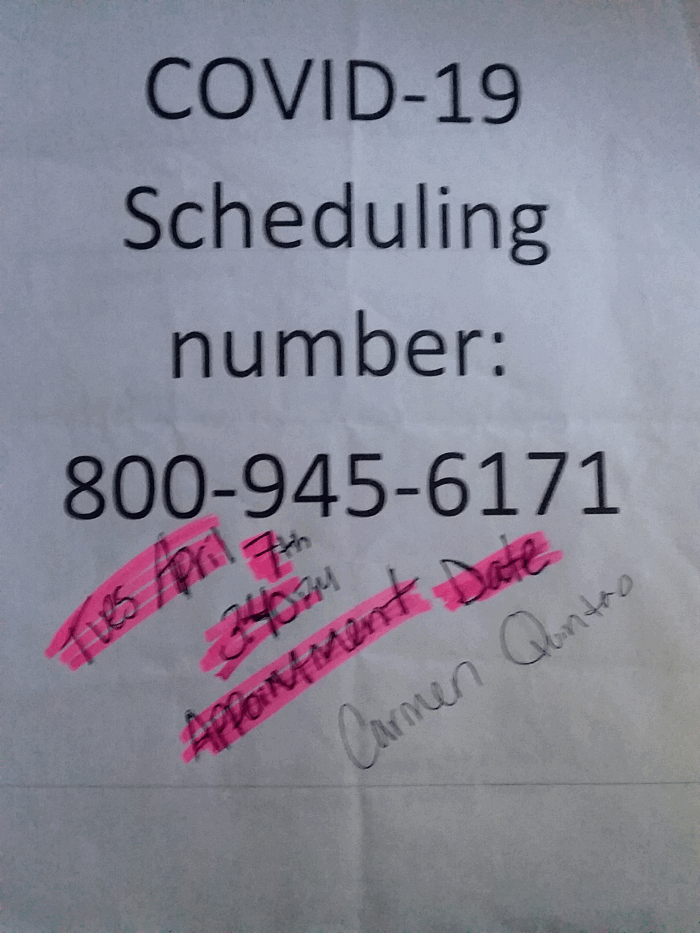6,000 cars drove through Madrid to demand the president's resignation
FASCISM IS A VIRUS
Translation posted 5 June 2020

Rally organized by VOX on 03.06.2018 Photo credit: Vox España/Flickr, public domain.
As Spain gradually eases coronavirus restrictions, 6000 cars packed into central Madrid to call for the resignation of President Pedro Sánchez and his ministers.
Yelling slogans like “freedom”, “resign”, and “Sanchez leave now”, and bearing Spanish flags and masks, protesters came out against the government's handling of the pandemic. They called for a return to individual freedoms and a reopening of the economy to avoid turning Spain into a “Third World” country.
The demonstration, which was called by extreme right-wing party VOX, was held with citizens using their vehicles to ensure compliance with mandatory safety distances during the pandemic. Even so, many broke these measures by leaving their cars.
In the most recent general election on 10 November 2019, VOX won 52 seats and became the third-largest force in the Spanish Parliament. The party is growing and is accused of using nationalist, racist and anti-feminist rhetoric to push its political messaging. Some of the measures it drafted in its 2019 electoral manifesto included outlawing political parties that “pursue the destruction of the territorial unity of the nation”, deporting illegal immigrants and excluding immigrants from the national health system, closing mosques, repealing the law on gender violence, banning abortions, and creating a Ministry for Families to protect “the natural family”.
Demonstrators drove through central areas of Madrid where the wealthiest VOX supporters live. In Plaza de Colón, a convertible bus was set up where the leaders of VOX, including party leader Santiago Abascal, were present.
MANIFESTACIÓN, AUTOBÚS de VOX. VIVA ESPAÑA. pic.twitter.com/ULafL1TcM1
—

Jorge (@007_Bonnk) May 23, 2020
(@007_Bonnk) May 23, 2020
Demonstration. VOX bus. Long live Spain
Confinement measures were relaxed on 11 May in the hard-hit capital and small businesses could partially reopen under strict safety measures. However, the city is still only slowly opening up. VOX's demonstration caused controversy due to the danger posed by crowds, the pollution caused by thousands of cars, the party-like atmosphere, and Abascal’s calls for all Spaniards to “take to the streets” during the ongoing pandemic. There was also tension when a journalist from La Razón was attacked by some of the demonstrators, and other journalists from RTVE were harassed.
"Maricones, comunistas"
Esto es lo que ha tenido que soportar este periodista de @rtve. No hace tanto veíamos imágenes parecidas con otras banderas y nos llevábamos las manos a la cabeza.
Quién reclama libertad y no la ejerce sólo quiere imponer su modelo de sociedad. pic.twitter.com/r988J8XADm
— David Holguín (@DSHolguin) May 23, 2020
” Queers, communists.”
This is what this journalist from @rtve had to endure. Not so long ago, we saw similar images with other flags and we had our hands on our heads.
Those who claim freedom and do not practice it only want to impose their model of society
The right to protest is written in the constitution, but the controversy arises from the exceptional situation in which the whole world finds itself. At the time of writing, Spain has 287,740 confirmed cases and 27,133 deaths from COVID-19.
This procession of cars was the high point of a number of anti-government protests that began on 14 May in the Salamanca neighbourhood where over 70% of residents voted for right-wing and conservative parties in the last general election. Since then, every day at 9 pm, a number of citizens have taken to the streets or their balconies to bang pots and pans, demanding the government leader's resignation — making the already tense political situation even worse.
Since Pedro Sánchez was sworn in as president on 7 January 2020, he began forming a coalition government with leftist party Unidas Podemos. In response, the Spanish right-wing parties began to harden its anti-government rhetoric. On social networks, the ultra-right is calling the government and its members “putschists“, “illegitimate”, and even “thugs“.
On Twitter many people reacted against VOX's protest, especially criticizing the right-wing party's use of the Spanish flag, which many described as a misappropriation of a national symbol for party interests. This complaint was also leveled against the party during the 2015 election when party propaganda included the national flag.
Es vergonzoso el uso d bandera española por manifestantes de Vox, en vez de la suya, verde. Lograrán que muchos españoles, que no son de Vox, vean la bandera española como símbolo faccioso de ultraderecha ("efecto Azor") https://t.co/ipei868u8s vía @expansioncom
— Manuel Conthe (@mconthe) May 23, 2020
The use of the Spanish flag by Vox protesters, instead of their own green one, is shameful. They will make many Spaniards, who are not with Vox, see the Spanish flag as an extreme right-wing factional symbol (“Azor effect”)
However, other well-known people, such as the former goalkeeper of the Spanish national team, Pepe Reina, supported the protests.
Ah! Pues parece que ha salido gentecilla a la calle, no??🤝👏🏻
 (@007_Bonnk) May 23, 2020
(@007_Bonnk) May 23, 2020Demonstration. VOX bus. Long live Spain
Confinement measures were relaxed on 11 May in the hard-hit capital and small businesses could partially reopen under strict safety measures. However, the city is still only slowly opening up. VOX's demonstration caused controversy due to the danger posed by crowds, the pollution caused by thousands of cars, the party-like atmosphere, and Abascal’s calls for all Spaniards to “take to the streets” during the ongoing pandemic. There was also tension when a journalist from La Razón was attacked by some of the demonstrators, and other journalists from RTVE were harassed.
"Maricones, comunistas"
Esto es lo que ha tenido que soportar este periodista de @rtve. No hace tanto veíamos imágenes parecidas con otras banderas y nos llevábamos las manos a la cabeza.
Quién reclama libertad y no la ejerce sólo quiere imponer su modelo de sociedad. pic.twitter.com/r988J8XADm
— David Holguín (@DSHolguin) May 23, 2020
” Queers, communists.”
This is what this journalist from @rtve had to endure. Not so long ago, we saw similar images with other flags and we had our hands on our heads.
Those who claim freedom and do not practice it only want to impose their model of society
The right to protest is written in the constitution, but the controversy arises from the exceptional situation in which the whole world finds itself. At the time of writing, Spain has 287,740 confirmed cases and 27,133 deaths from COVID-19.
This procession of cars was the high point of a number of anti-government protests that began on 14 May in the Salamanca neighbourhood where over 70% of residents voted for right-wing and conservative parties in the last general election. Since then, every day at 9 pm, a number of citizens have taken to the streets or their balconies to bang pots and pans, demanding the government leader's resignation — making the already tense political situation even worse.
Since Pedro Sánchez was sworn in as president on 7 January 2020, he began forming a coalition government with leftist party Unidas Podemos. In response, the Spanish right-wing parties began to harden its anti-government rhetoric. On social networks, the ultra-right is calling the government and its members “putschists“, “illegitimate”, and even “thugs“.
On Twitter many people reacted against VOX's protest, especially criticizing the right-wing party's use of the Spanish flag, which many described as a misappropriation of a national symbol for party interests. This complaint was also leveled against the party during the 2015 election when party propaganda included the national flag.
Es vergonzoso el uso d bandera española por manifestantes de Vox, en vez de la suya, verde. Lograrán que muchos españoles, que no son de Vox, vean la bandera española como símbolo faccioso de ultraderecha ("efecto Azor") https://t.co/ipei868u8s vía @expansioncom
— Manuel Conthe (@mconthe) May 23, 2020
The use of the Spanish flag by Vox protesters, instead of their own green one, is shameful. They will make many Spaniards, who are not with Vox, see the Spanish flag as an extreme right-wing factional symbol (“Azor effect”)
However, other well-known people, such as the former goalkeeper of the Spanish national team, Pepe Reina, supported the protests.
Ah! Pues parece que ha salido gentecilla a la calle, no??🤝👏🏻

#democracia #unidossomosmásfuertes pic.twitter.com/nG2uIU228t
— Pepe Reina (@PReina25) May 23, 2020
Ah! So, it looks like the common people are out on the street, doesn't it?
But there were also critical voices pointing to a contradiction between VOX's opposition to the large feminist demonstration on 8 March and their holding of a similar public event now.
Vox el 8M vs Vox hoy #ElVirusSoisVoxotros pic.twitter.com/fgNP1HwnEq
— salfuman (@sulfatador) May 23, 2020
Vox on 8 March vs Vox now
Several members of Congress from political parties Más País, Unidas Podemos and Esquerra Republicana, respectively, also gave their opinions on Twitter:
La patria es cuidarnos. Nada que ver con el desfile de la insolidaridad de los señoritos. pic.twitter.com/uOpjx9UD4Y
— Íñigo Errejón (@ierrejon) May 23, 2020
“Homeland” is to care for us. Nothing to do with the parade of unsolidarity of these young men
La "manifestación" en coche de Vox obstaculizando el paso de una ambulancia.
¿Puede haber una metáfora más precisa que esto? pic.twitter.com/mGquRATkVw
— ᴘᴀʙʟᴏ ᴇᴄʜᴇɴɪQᴜᴇ
— Pepe Reina (@PReina25) May 23, 2020
Ah! So, it looks like the common people are out on the street, doesn't it?
But there were also critical voices pointing to a contradiction between VOX's opposition to the large feminist demonstration on 8 March and their holding of a similar public event now.
Vox el 8M vs Vox hoy #ElVirusSoisVoxotros pic.twitter.com/fgNP1HwnEq
— salfuman (@sulfatador) May 23, 2020
Vox on 8 March vs Vox now
Several members of Congress from political parties Más País, Unidas Podemos and Esquerra Republicana, respectively, also gave their opinions on Twitter:
La patria es cuidarnos. Nada que ver con el desfile de la insolidaridad de los señoritos. pic.twitter.com/uOpjx9UD4Y
— Íñigo Errejón (@ierrejon) May 23, 2020
“Homeland” is to care for us. Nothing to do with the parade of unsolidarity of these young men
La "manifestación" en coche de Vox obstaculizando el paso de una ambulancia.
¿Puede haber una metáfora más precisa que esto? pic.twitter.com/mGquRATkVw
— ᴘᴀʙʟᴏ ᴇᴄʜᴇɴɪQᴜᴇ

(@pnique) May 23, 2020
The car “demonstration” by Vox blocking the path of an ambulance.
Can there be a more accurate metaphor than this?
Translated by Liam Anderson
The car “demonstration” by Vox blocking the path of an ambulance.
Can there be a more accurate metaphor than this?
El fascismo es también un virus. pic.twitter.com/tOb4LQY1r3— Gabriel Rufián (@gabrielrufian) May 23, 2020Fascism is also a virus
Written by Amaya Hernández Suescun










